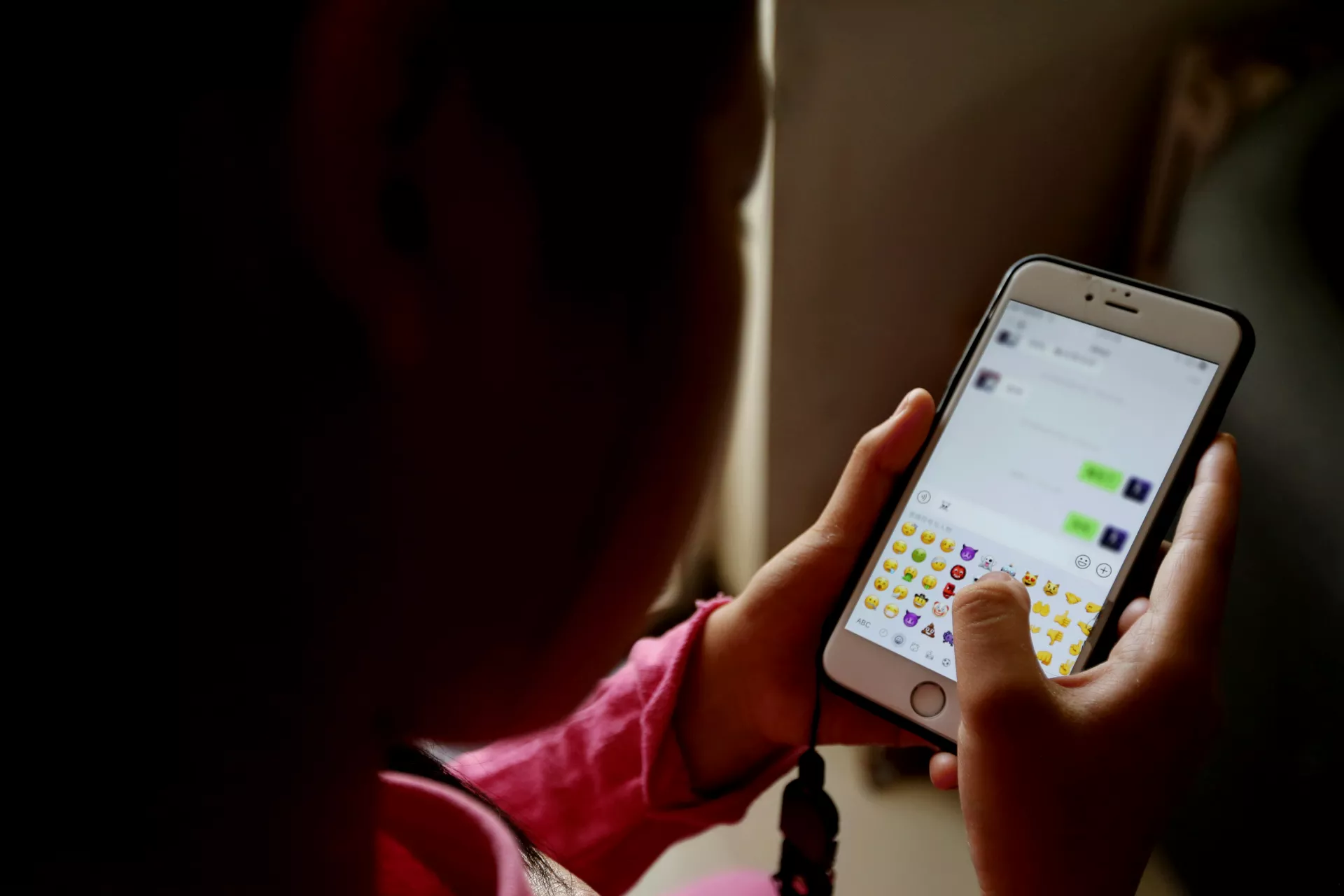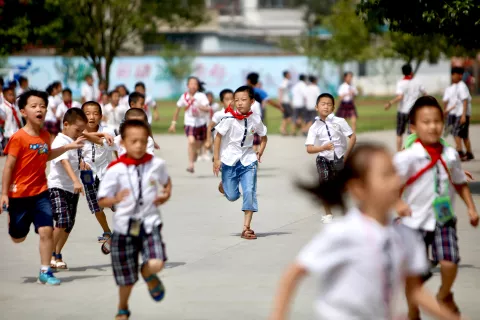What is cyber bullying?
A primer on cyberbullying: what is it, who does it affect, and what is its impact on children and adolescents

- Available in:
- 中文
- English
Whereas in previous generations, children being bullied could escape such abuse or harassment by going home or being alone, no such safe haven exists for children in a digital world.
What is cyberbullying?
Bullying can be defined as intentional and aggressive behaviour occurring repeatedly against a victim where there is a real or perceived power imbalance, and where the victim feels vulnerable and powerless to defend himself or herself. When bullying occurs in the online world – through computers, cell phones or other electronic devices - it’s referred to it as bullying online, or cyberbullying.
Cyberbullying involves sending electronic messages (sometimes anonymously), including text, pictures or videos, aimed at harassing, threatening, excluding or spreading rumors about another person via digital platforms such as online social networks, chat rooms, blogs, instant messaging applications and text messaging.
Who are involved when cyberbullying takes place?
Children can be involved in online bullying in different roles:
Victims of bullying or children who are bullied are likely to experience interpersonal difficulties, to be depressed, lonely or anxious, to have low self-esteem and to suffer academically.
Perpetrators of bullying or children who bully, whether in person or online, often act out of frustration, humiliation and anger, or to achieve social status, and their actions can inflict physical, psychological and social harm.
Bystanders or witnesses of someone else being a victim of bullying have the capacity to impact the situation, either positively, by helping put a stop to the incident or negatively, by encouraging the bully either directly or indirectly, thus making the situation worse.
How is online bullying related to violence in schools?
Violence in schools comes in many forms, including the common occurrence of bullying. Young people are living more and more of their lives online, and that includes their academic lives. The classroom no longer ends once a student leaves class. And, unfortunately, neither does schoolyard bullying. The front door was once a barrier to schoolyard bullies; now, social media allows them to follow their victims into their homes. Improving young people’s education experience means accounting for the environment they encounter online as well as offline.
What impact does online bullying have on children and young people?
Cyberbullying causes profound harm as it can quickly reach a wide audience and leaves a permanent footprint online for all involved. Unlike in-person bullying, cyberbullying can reach a victim anywhere, at any moment, often leaving the child being bullied in a perpetual state of anxiety.
Victims of cyberbullying are more likely to skip school than other students. They also are more likely to receive poor grades and experience low self-esteem and health problems. In extreme situations, cyberbullying has led to suicide.
Why is cyberbullying potentially more harmful than offline bullying?
The potential for bullies to hide behind a nameless profile or pose as someone other than themselves and—in a single click—instantly disseminate violent, hurtful or humiliating words or images is unprecedented. Moreover, once such content is posted, deleting it is difficult, which increases the risk of victims being victimized again and makes it hard for them to recover.
Who is ultimately responsible for protecting children online?
Protecting children online is a shared responsibility. Collaboration and cooperation between caregivers, parents, teachers, schools, governments, law enforcement, civil society and the private sector is essential.





